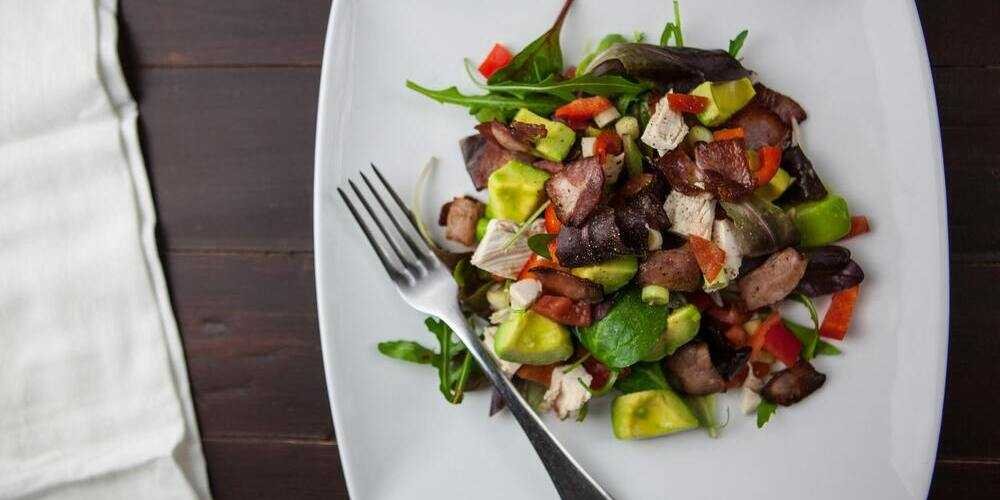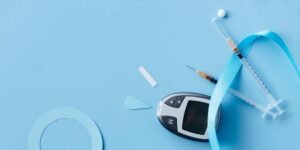
Is Eating Small and Frequent Meals Good for Blood Sugar? What to Eat is Best for Diabetes
The dietary guidelines for diabetics are to eat more fat, control sugar, less salt and high fiber. The biggest difference between this dietary principle and the traditional concept is the proportion of fat. The new dietary principles do not require precise calculation of the proportion of various nutrients consumed, but rather which types of food are more or less, such as more vegetables, less sugary foods, less red meat, and less saturated fat.
If you are overeating and are obese, your overall food intake should be reduced except for vegetables. When food calorie intake is appropriate and a certain type of food is reduced, it means which foods should be increased in order to maintain nutrition and health.
It is not good to control your diet either too much or too little
Diet therapy can not only reduce the burden on the pancreas and make it easier for blood sugar to reach the target, but also maintain the body’s nutritional needs and health. Diet content should be adjusted based on individual needs and conditions: thin people should increase total calories; obese people should control total calories; people with kidney disease should adjust protein intake.

Diabetics should be more careful when choosing foods
Diabetic patients should not be too strict or negligent when it comes to dietary control. They should consult a doctor and a nutritionist to make calculations based on their height, weight and condition to ensure adequate intake and nutritional balance. To be able to accurately calculate caloric intake requires repeated teaching and repeated practice by a nutritionist to reduce errors. Even if the estimates are made by different nutritionists, there will be errors. Therefore, you must learn to identify high-calorie foods, adjust food cooking methods, read food labels, adjust eating habits, find out what works for you from your eating habits, and take action to get results. (Extended reading: Can a diabetic diet only be insulated from delicious food? As long as you control the portion size, it will be fine!)
Calculate the portions of small and frequent meals
The development and application of new diabetes drugs include switching from short-acting insulin to rapid-acting insulin, which shortens the time for supplementary insulin to lower blood sugar within 4 hours after eating; oral or injectable drugs that convert the incretin mechanism, such drugs only Stimulates insulin secretion during meal times, greatly reducing hypoglycemia caused by relative excess of insulin.
The past recommendation of eating small meals more often is no longer the golden rule of diabetic diet. Snacks can only be eaten when needed to prevent hypoglycemia. Without the help of a nutritionist to design the portions of meals and snacks, it is easy to overeat the total intake of the day by eating small and frequent meals. If the time between meals is too short, it is also difficult to use blood sugar testing to adjust the relationship between medicine, food and blood sugar. balance.
If the habit of eating snacks or late-night snacks is difficult to change, you should choose foods carefully and avoid overeating to avoid affecting blood sugar and weight. The appropriate amount of snacks is only about 1/3 or 1/4 of a meal. If you choose to have instant noodles as a late night snack, you are almost eating a meal. “To the point you order” is the best rule for taking snacks.












